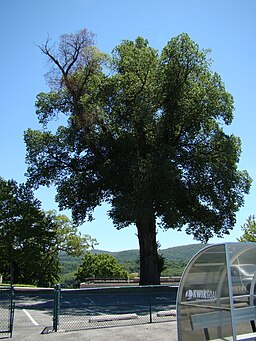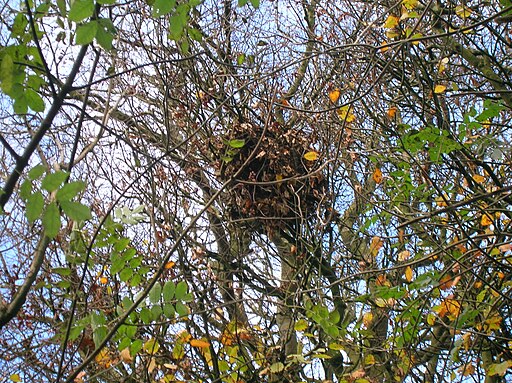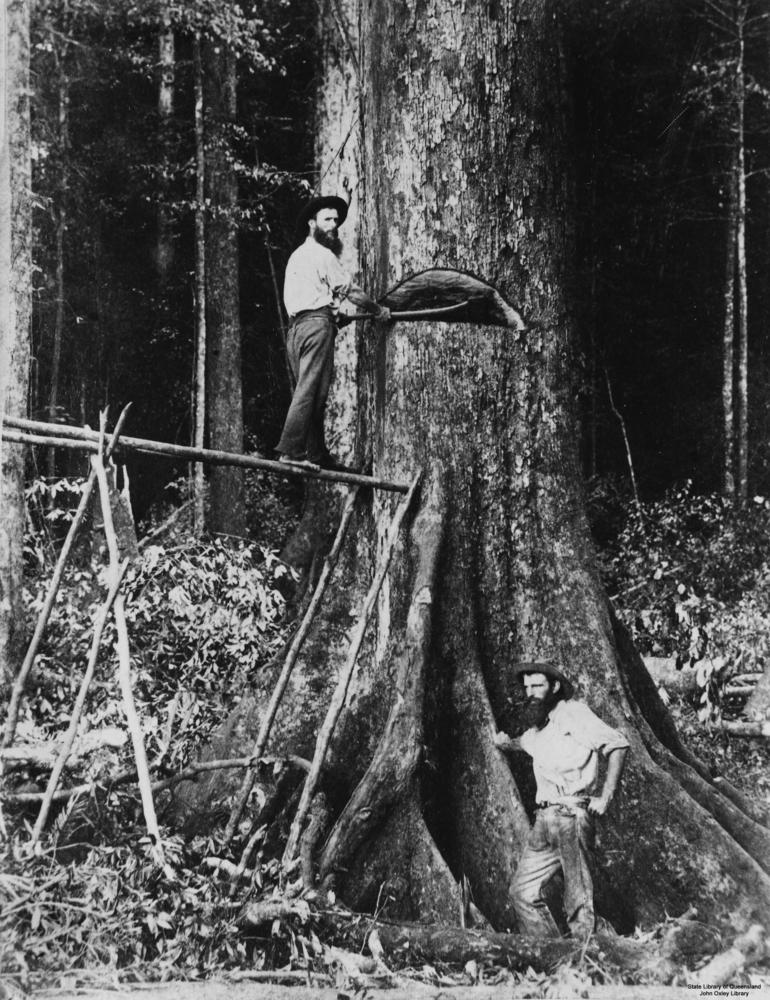You will all have heard that plants, animals and all organisms in fact have 'Latin names' in fact for those of you who may be particularly interested in fungi you may well have encountered fungi which do not have a 'common' name at all.
So why are things assigned 'Latin names'?
First of all they are not! While Latin was the language of academia at the time the system known correctly as binomial nomenclature was established a lot of the names are not really Latin and take their names instead from the person who discovered them or even from other languages.
For example Caerostris darwini, Darwin's bark spider, an orb-weaver spider discovered in Madagascar takes it's name from Charles Darwin and the long-beaked echidna (Zaglossus attenboroughi) takes it's name from Sir David Attenborough. Both these giants in their respective fields have many other things named after them too.
Now that we have established that plants and animals do not necessarily have Latin names what is that strange double barrelled name that they have? And what is it for?
That doubled barrelled name is part of a taxonomic system (a system of collecting, grouping and naming things) known as binomial nomenclature, that means a two part naming system. The two parts refer to somethings genus and species. Let's look at an example;
Red Deer; Cervus elaphus
The first part of it's binomial name refers to it's genus, within a genus there may be several different species, for example red deer share their genus with sika deer (Cervus nippon), Thorolds deer (Cervus albirostris) and North American elk (Cervus canadensis). The genus is always presented with a capitalised first letter. the second part of the name is it's species, the combination of genus and species is unique to a particular organism although species names may apply to more than one species for example Reeves muntjac (muntiacus reevesi) and Reeves pheasant (Syrmaticus reevesi). An organisms species name is always presented entirely in lower case. These binomial names are always italicised in text although they can also be underlined if hand written to show that they are a scientific name.
 |
| Carl Linneaus the father of binomial nomenclature
By Alexander Roslin - Nationalmuseum press photo, cropped with colors slightly adjusted, Public Domain, Link
|
Binomial nomenclature is part of a larger taxonomic structure which was established by Carl Linnaeus as Swedish Zoologist and Botanist who lived from 1701-1778. Since his work the system of binomial nomenclature has been used consistently. An organisms genus and species though fit at the very bottom of a larger system of classification, we'll use red deer again as an example;
Kingdom; Animalia (animal)
Phylum; Chordata (got a back bone)
Class; Mammalia (mammals)
Order; Artiodactyla (even toed ungulate; an ungulate is a mammal with hooves, even toed ungulates include deer, cammels, cattle and believe it or not hippopotamuses)
Family; Cervidae (deer)
Genus; Cervus
Species; elaphus
Class; Mammalia (mammals)
Order; Artiodactyla (even toed ungulate; an ungulate is a mammal with hooves, even toed ungulates include deer, cammels, cattle and believe it or not hippopotamuses)
Family; Cervidae (deer)
Genus; Cervus
Species; elaphus
The highest level of classification is Kingdom where organisms are split into their five kingdoms of plant, animal, fungi, monera and protista. Next an animals phylum (plants have domains instead of phylum) within the animal kingdom it is at this level of classification that organisms are split into molluscs, animals with a backbone, animals with an exoskeleton, worms etc.... Next; class, within the phylum chordata their are five classes; mammal, fish, bird, reptile and amphibian. Within the class mammalia (mammals) there are twenty six orders including carnivores, rodents, bats etc... After that things get much more specific with family and then on to genus and species which you are already familiar with.
The reasons for this sort of naming system are many, one major need being a need for scientists to communicate across language barriers. Common names are clearly not going to be the same from one language to another. If I was to tell you not to eat a röd flugsvamp for example you may not know what I mean but even if I couldn't speak English I could tell you not to eat an Amanita muscaria and you could work out which species to avoid. Nowadays I suppose you do have google translate at your finger tips on a smart phone to help you but it isn't always accurate or helpful, while google did know that a röd flugsvamp was fly agaric it was confused by dovhjort (which means fallow buck in Swdish);
Also scientific names do away with any doubt over species which may share a common name or go by various different colloquial names depending on where in the county you are, take hadge garlic for example which might be called any of the following; Garlic Mustard, Garlic Root,Hedge Garlic, Sauce-alone, Jack-in-the-bush, Penny Hedgeand Poor Man's Mustard.
So there you have it 'Latin names' avoid confusion, cross language barriers and aren't Latin.












































